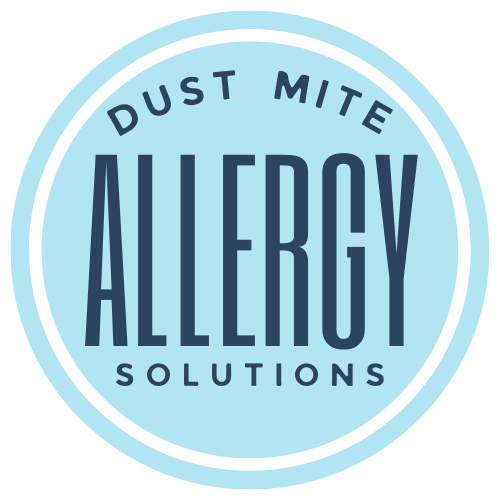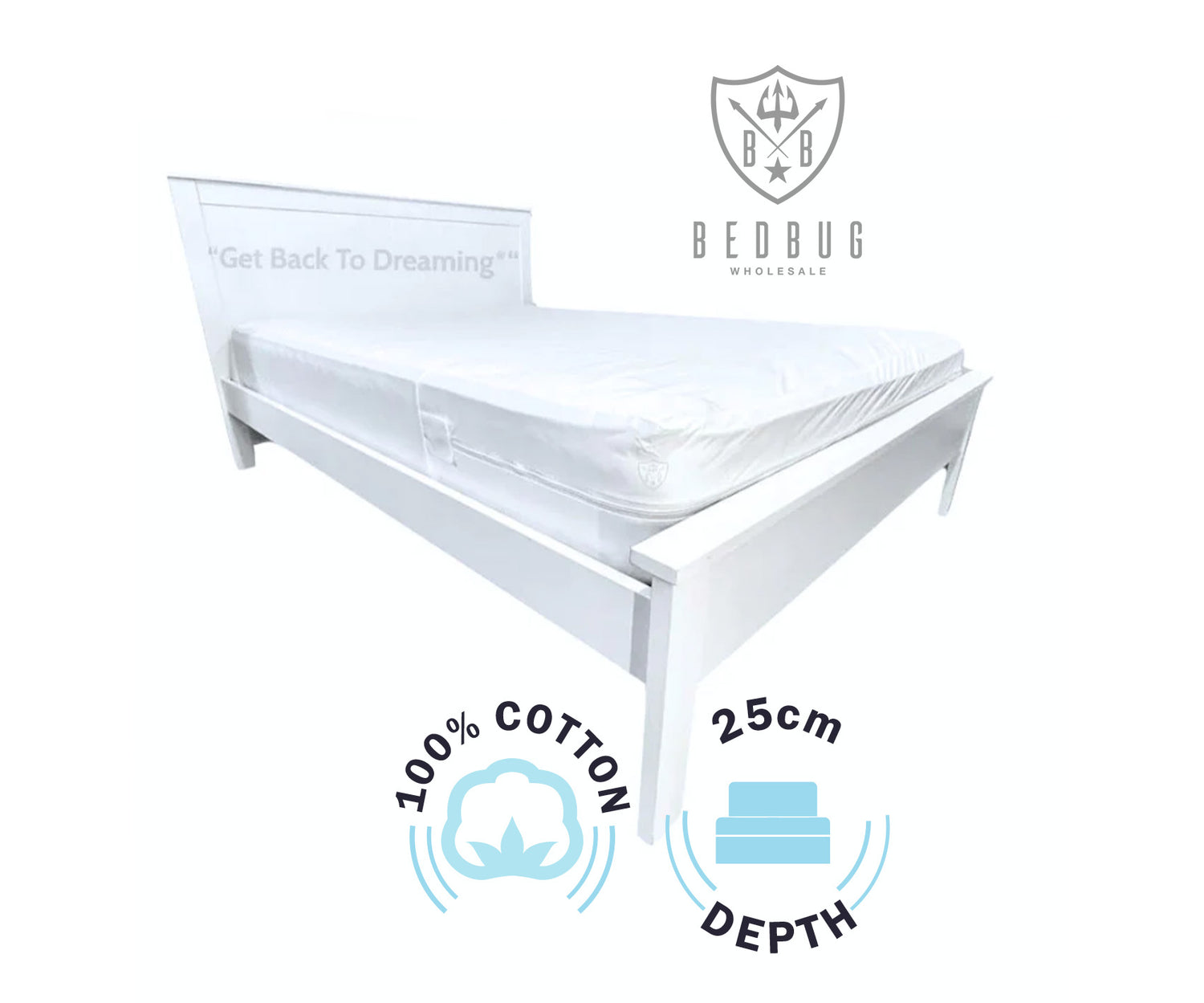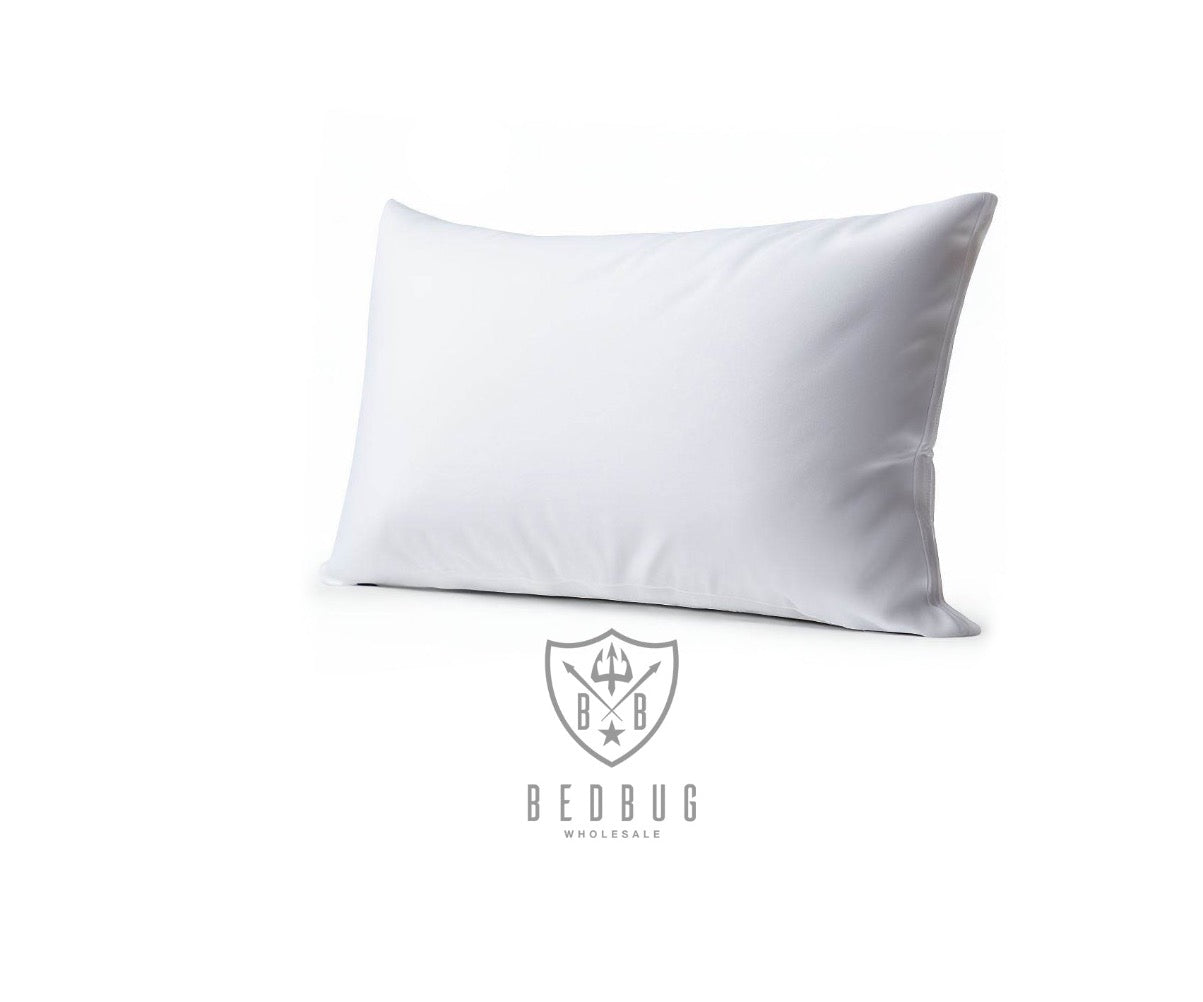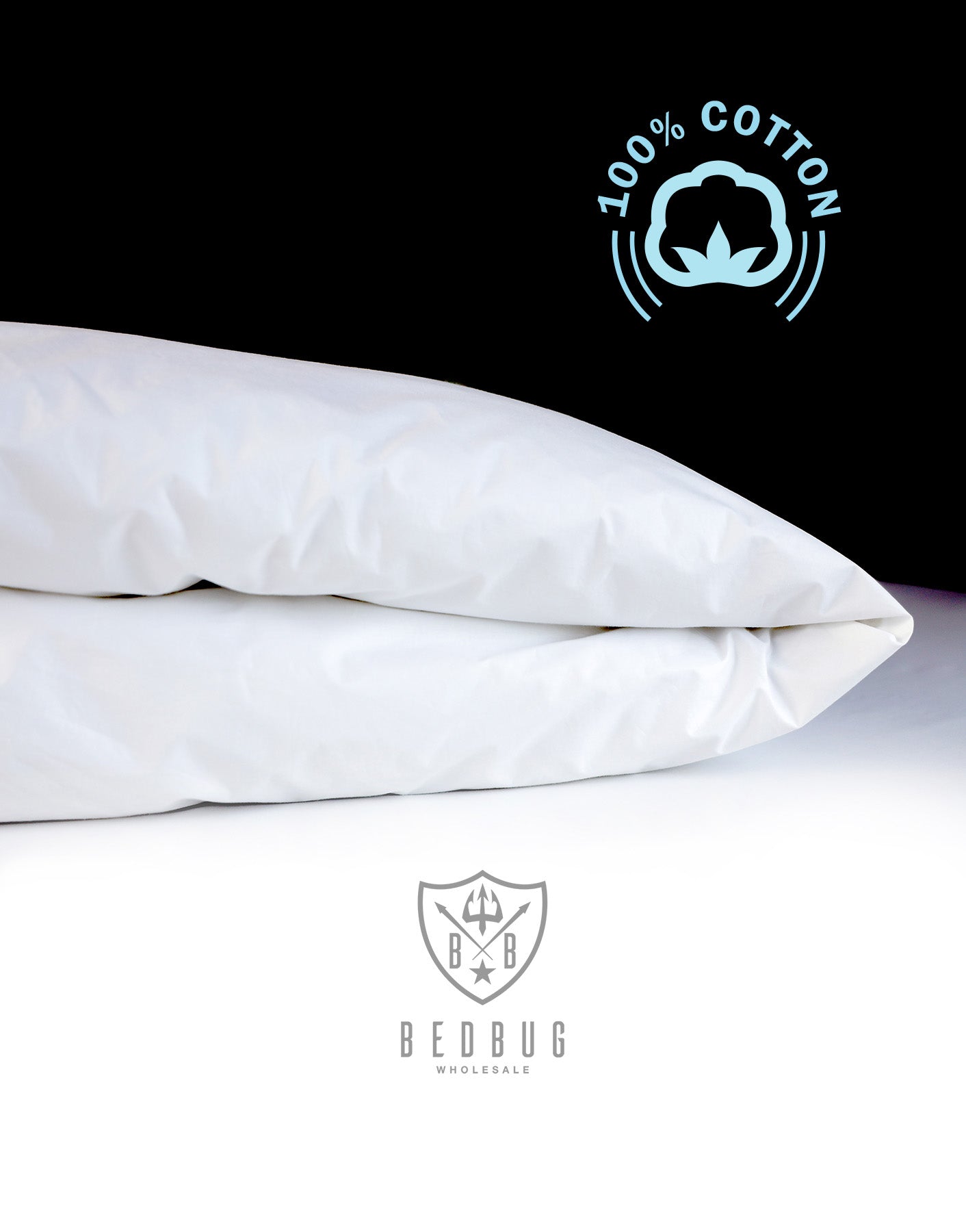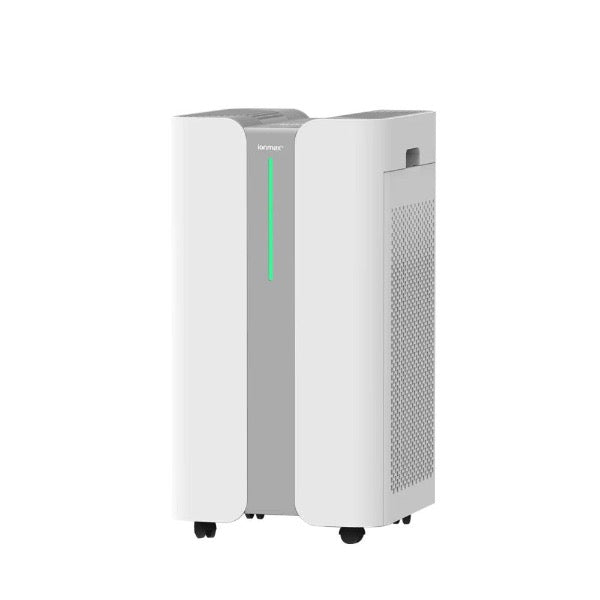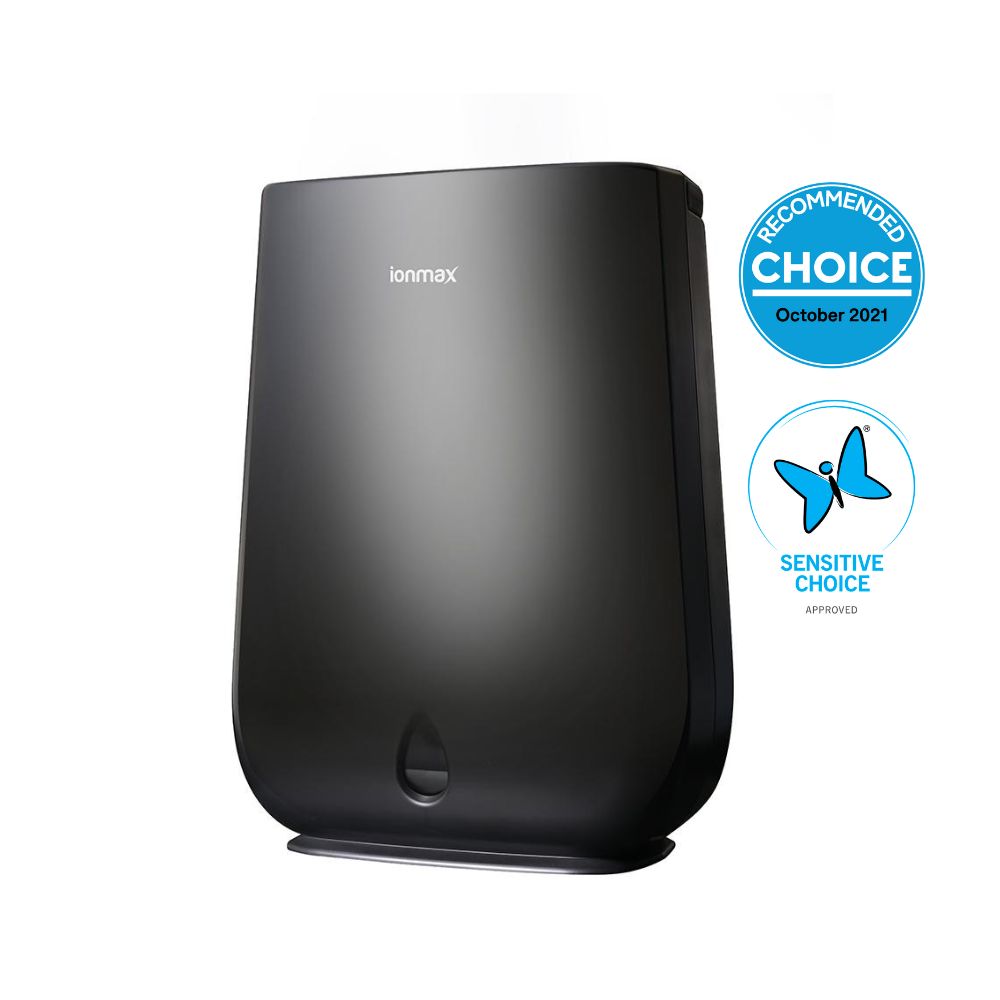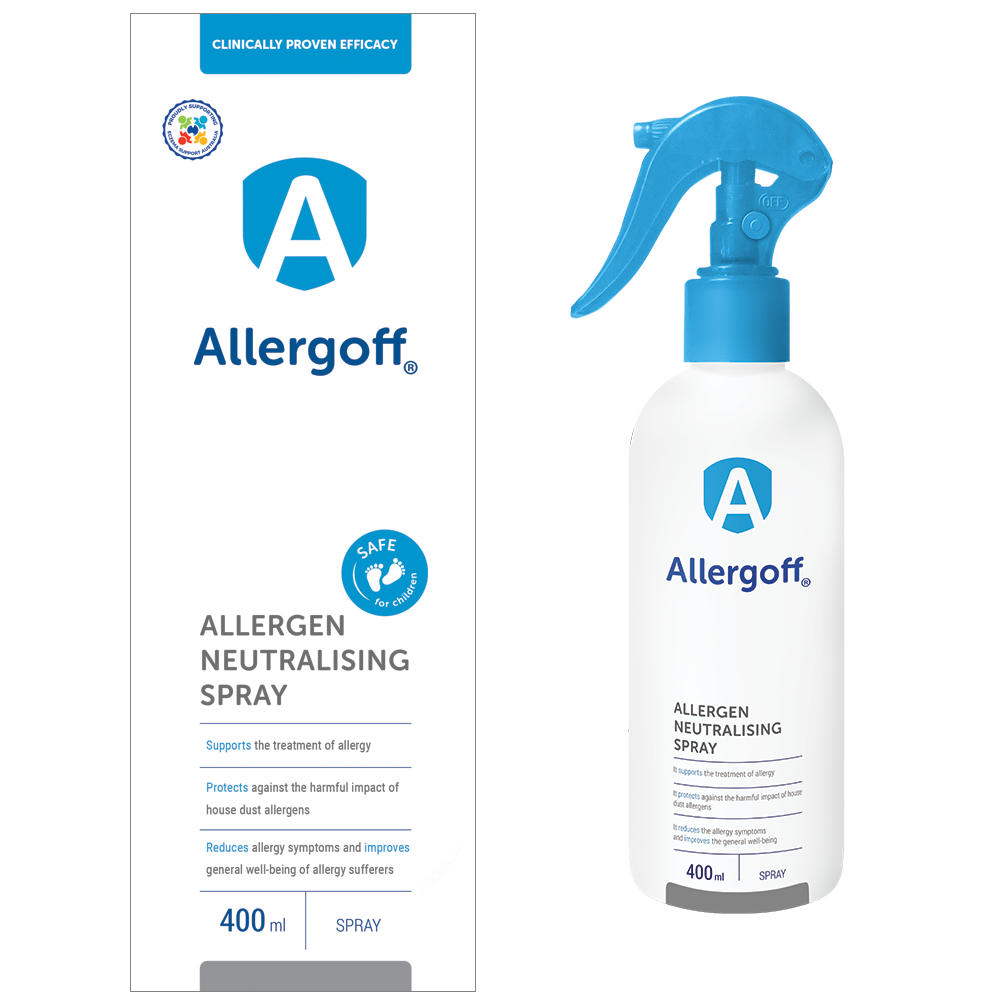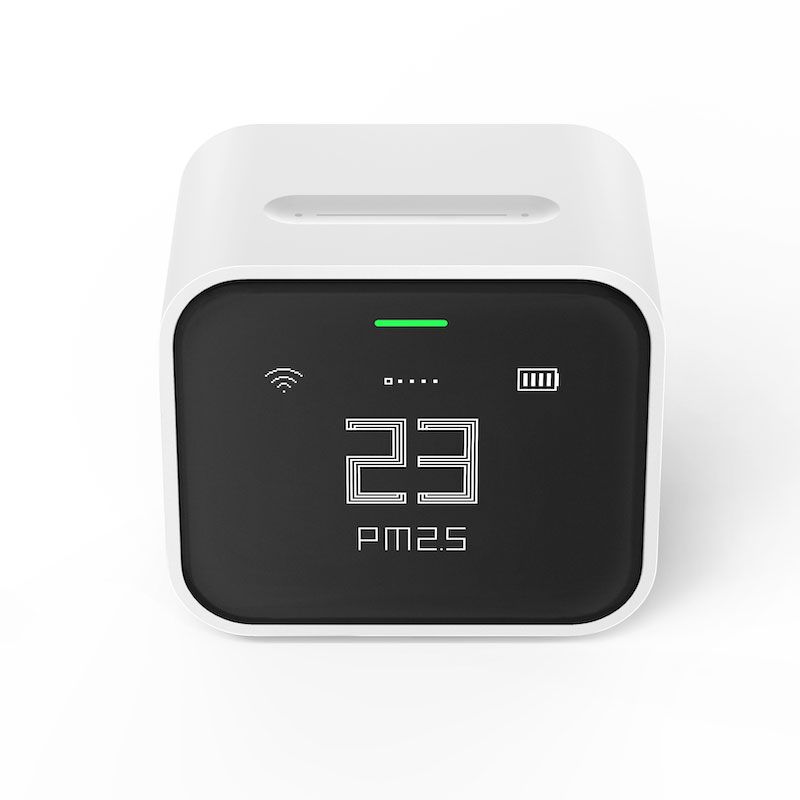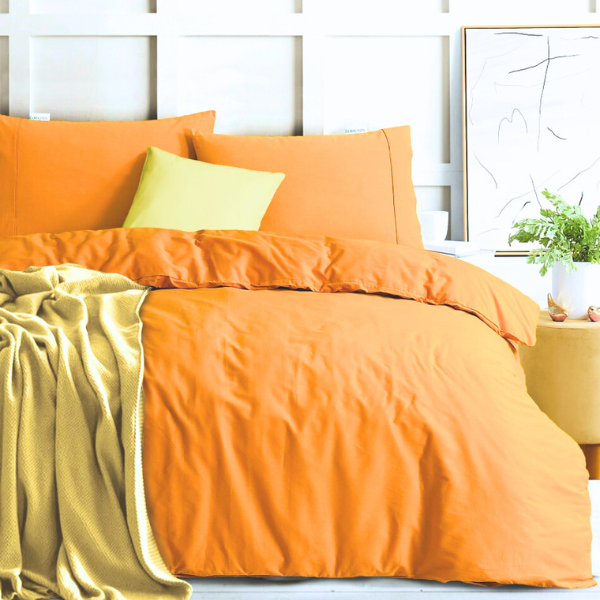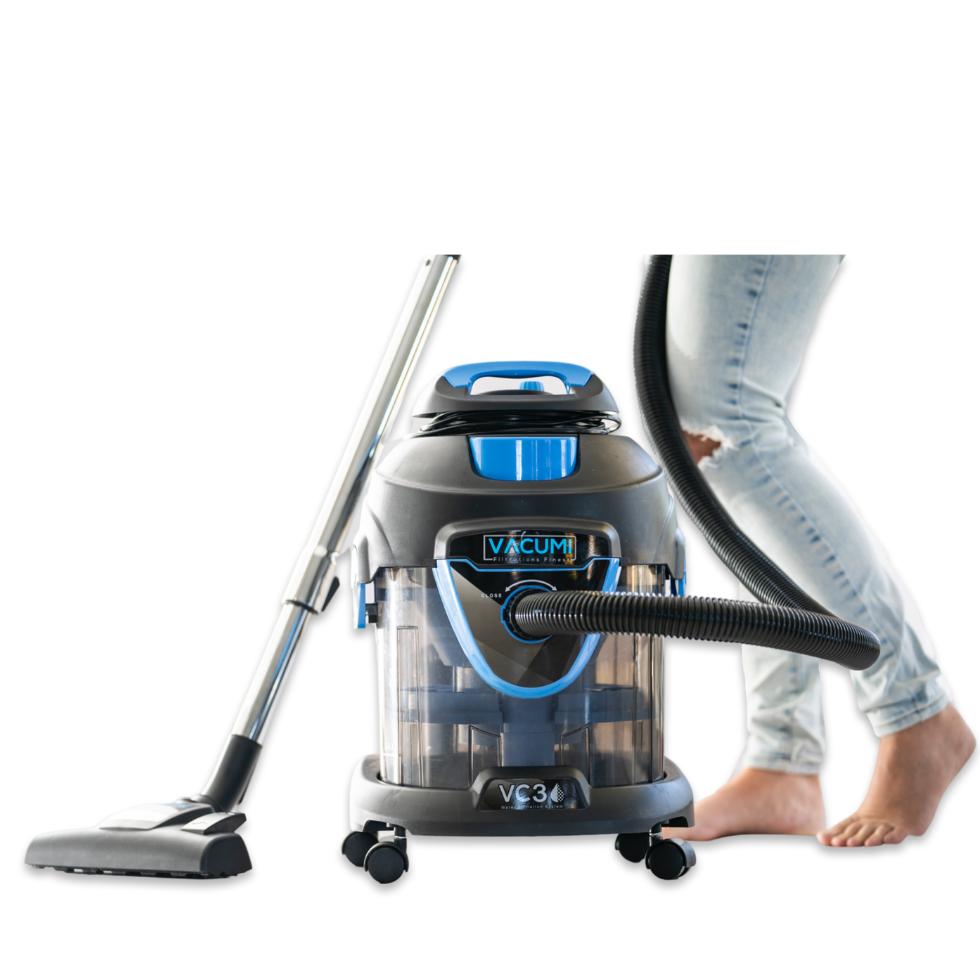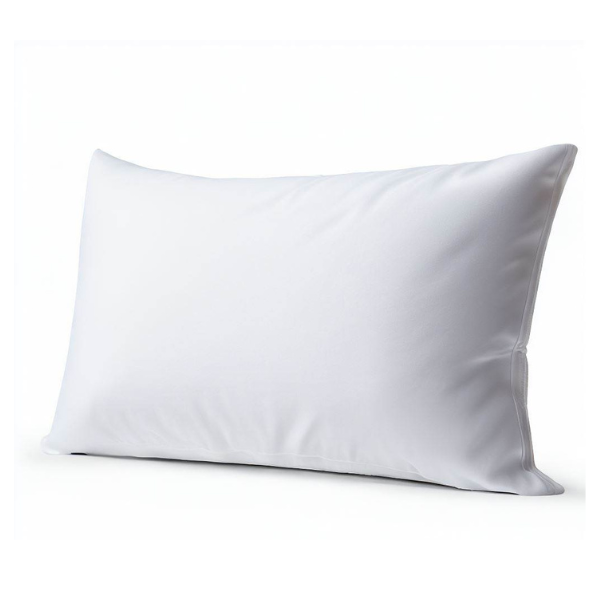An average used mattress can serve as a thriving habitat for a staggering population of dust mites.
These minuscule creatures, rapid reproducers, find their cozy haven in the very place you seek rest. As if this revelation isn't unsettling enough, the allergens these dust mites produce are primarily concealed within their feces.

According to NIH a single dust mite's daily contribution can include up to 20 fecal pellets. A single mattress can harbour hundreds to millions of dust mites.
And as time unfolds, the evidence accumulates – even the weight of your mattress may surge due to the insidious build-up of dust mite debris, skin cells, and their waste.
- Shocking facts about dust mites in mattresses
- Do mattress protectors help with allergies?
- Can dust mites get through mattress protector?
- How can dust mite mattress protectors help with allergies
- What mattress protectors are available in Australia?
- Zippered dust mite mattress protectors
- How often to wash your dust mite mattress cover
- How to wash dust mite protector
Shocking facts about dust mites in mattresses
- Dust mites produce about 20 droppings each day, each containing allergenic proteins that can trigger asthma and allergies.
- Dust mites thrive in humid environments, making mattresses a perfect breeding ground due to the moisture produced by the human body during sleep.
- Despite their prevalence, dust mites are invisible to the naked eye, measuring only about a quarter to a third of a millimetre long.
Can dust mites get through mattress protector?
If the mattress protectors for dust mites is specifically designed to guard against dust mites and is made of tightly woven fabric with a pore size small enough (usually less than 10 microns), it can effectively provide a an effective barrier to dust mites and their allergens.
However, not all mattress protectors are created equal. Standard mattress protectors without specific anti-allergen properties or with larger pore sizes may not provide adequate protection against dust mites.
What mattress protectors are available in Australia?
There are several types of dust mite mattress protectors available on the market, each with its own features and benefits:
Encasement Protectors: These fully encase the mattress and are sealed with a zipper, offering complete protection against dust mites, bed bugs, and other allergens. They are often made of tightly woven fabric to prevent dust mites from entering or exiting the mattress.
Fitted Sheet Protectors: Similar to a fitted sheet, these protectors cover the top and sides of the mattress but do not encase it entirely. While they provide a barrier against dust mites on the surface, they offer less protection than full encasements.
Waterproof Protectors: Many dust mite mattress protectors also include a waterproof layer, which not only protects against dust mites but also guards against spills and stains. This type is particularly useful for children's beds.
Hypoallergenic Protectors: Made from materials that are less likely to cause allergic reactions, these protectors are designed to minimize exposure to dust mites and other potential allergens, like pet dander and pollen.
Breathable Protectors: Constructed from materials that allow air to circulate, breathable protectors help to reduce heat and moisture on the sleeping surface, creating a less hospitable environment for dust mites.
Organic Protectors: For those who prefer natural materials, organic mattress protectors are made from untreated, non-synthetic fabrics, such as organic cotton, which is grown without pesticides or chemical fertilisers. While they provide a healthier sleep environment, it's important to ensure they are tightly woven to prevent dust mite penetration.
Zippered dust mite mattress protectors
Dust mite mattress protectors with zipper offer several benefits, particularly for those suffering from allergies or asthma caused by dust mites. Here are some of the key advantages:
-
Complete Encasement: Zippered protectors fully encase the mattress, providing comprehensive protection against dust mites, their eggs, and fecal matter, which are common allergens.
-
Barrier Against Allergens: They act as an effective barrier, preventing dust mites from coming into contact with the skin and the air you breathe while sleeping, thus reducing allergic reactions and improving sleep quality.
-
Protection from Other Pests: Besides dust mites, these protectors also safeguard against bed bugs, pet dander, and other potential allergens, offering a more hygienic sleeping environment.
How to wash dust mite protector
Washing a dust mite mattress protector is essential for maintaining its effectiveness in blocking allergens.
-
Check the Manufacturer's Instructions: Before washing, always refer to the care label or instructions provided by the manufacturer. These instructions will specify the recommended washing and drying settings to ensure the protector's integrity and functionality are preserved.
-
Machine Wash: Most dust mite mattress protectors can be machine washed. Use a mild, hypoallergenic detergent and set your washing machine to a warm water cycle (check the manufacturer's recommendation for the exact temperature, as some protectors may allow hot water washing, which is more effective in killing dust mites).
-
Avoid Bleach and Fabric Softeners: Do not use bleach or fabric softeners, as these can degrade the fabric of the protector and diminish its allergen-blocking capabilities.
-
Tumble Dry on Low: Dry the protector in a dryer on a low heat setting. High heat can damage the waterproof layer (if present) and affect the protector's structure. Some protectors can air dry, but ensure they are completely dry before placing them back on the mattress to prevent mold and mildew growth.
-
Ironing and Dry Cleaning: Generally, it is not recommended to iron or dry clean dust mite mattress protectors, as high heat or chemicals can damage the protective barrier.
